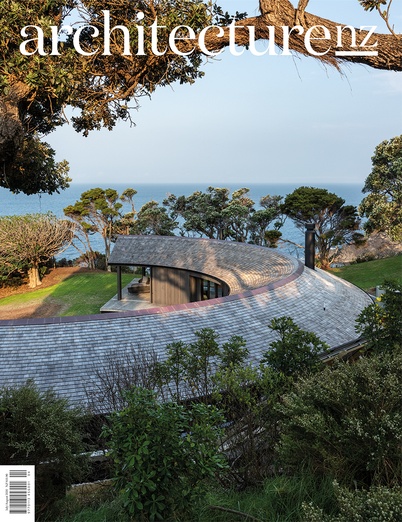 With easy access to nearly unlimited storage space, it’s no surprise that much of the world’s information store is going digital. Yet when it comes to accurately understanding history — of a nation, an industry, or a cultural moment, print plays a vital role.
With easy access to nearly unlimited storage space, it’s no surprise that much of the world’s information store is going digital. Yet when it comes to accurately understanding history — of a nation, an industry, or a cultural moment, print plays a vital role.
“While the constant updating of online information sources is its absolute power (no more out-of-date product data brochures),” writes Lynda Simmons in Architecture Now, “it comes with its own set of issues that need addressing, such as the rapid loss of information.”
Simmons gives the fascinating example of the provenance of The Fountain, a porcelain urinal presented as a piece of sculpture in 1917 and widely credited to artist Marcel Duchamp.
“My mind was blown when I learned that Fountain (1917), a porcelain urinal readymade, may have been made instead by Duchamp’s friend, Dada artist Baroness Elsa von Freytag-Loringhoven,” Simmons writes, referencing a personal letter from Marchal to his sister that gives credit for the work to the baroness.
“While this in no way undermines the genius of his full body of work, it illustrates how facts of history are in constant flux, and how important the contributions of historians and researchers are in reshaping our identities and knowledge base,” Simmons continues.
The proof? The Wikipedia article for the sculpture still credits Marchal as the creator, even as it references the letter later on the article. Clearly the process of crowdsourcing history in digital format clearly leaves room for holes.
Print media, Simmons asserts, has long defined art history, academia, journalism and personal archives.
“Simple newspaper clippings have also revised New Zealand architectural histories, for example, the recent unearthing of several precious pieces of information by architectural and social historian Elizabeth Cox, allowing her to weave several additional women into our history,” Simmons notes.
“Her recent finding of a classified advertisement from a Dunedin newspaper from 1927 has established Lucy Greenish (1888–1976) as the first woman to set up an architectural practice in New Zealand, previously thought to be Muriel Lamb in the 1950s,” she continues.
Why do we still cherish our birth certificates, and carry printed driver’s licenses? Why is that marriage certificate or those divorce papers locked in a safe file? Print imparts legitimacy to our information that is far harder to fake than digital archives.
“Most online archiving systems themselves are in constant flux,” Simmons notes, “again introducing (often unseen) possibilities for instantaneous loss of valuable information.”
Yes, digital information storing is extremely helpful when it comes to wrestling the enormous amount of information we pump out each day. Yet the proof of the matter remains in print.
